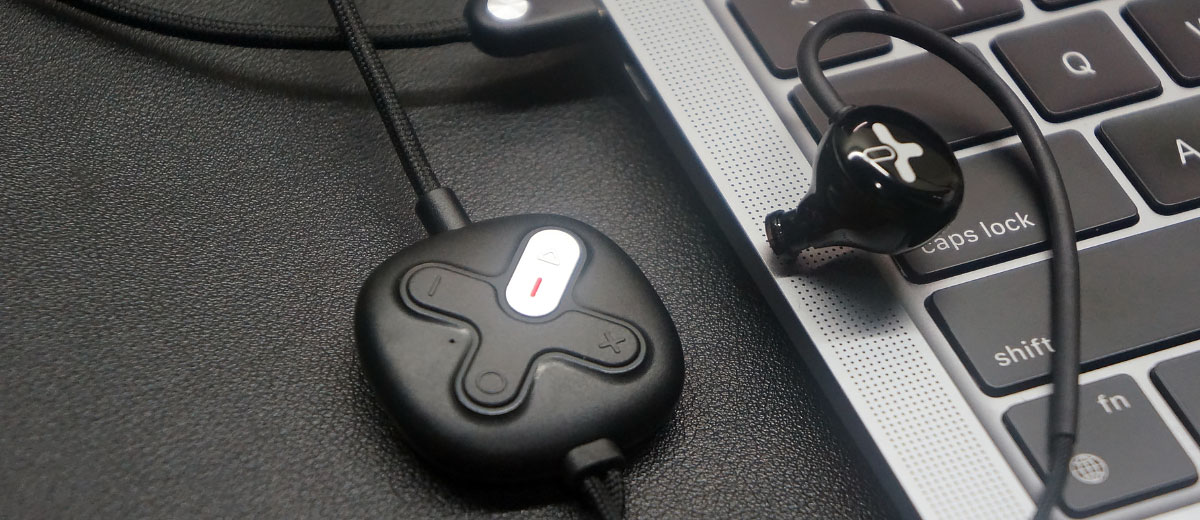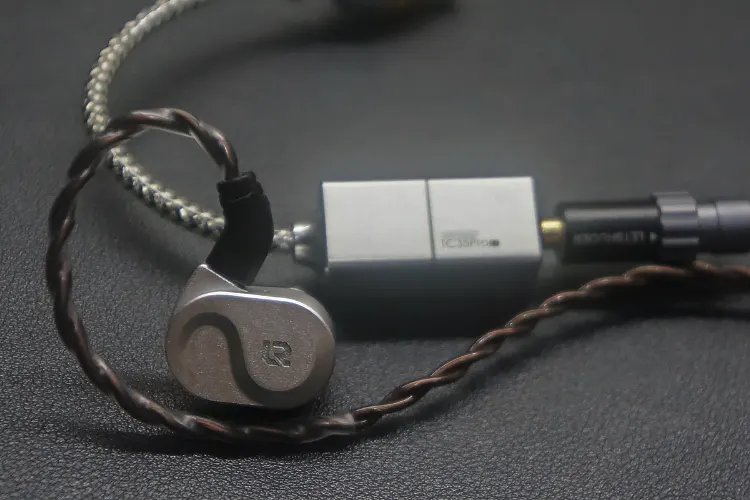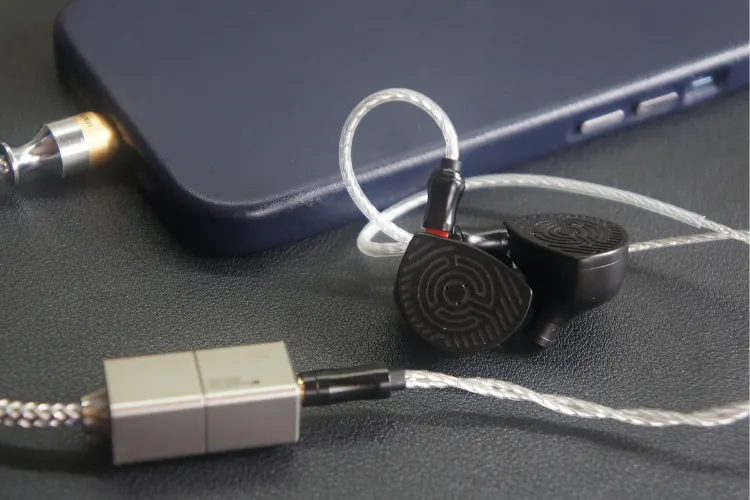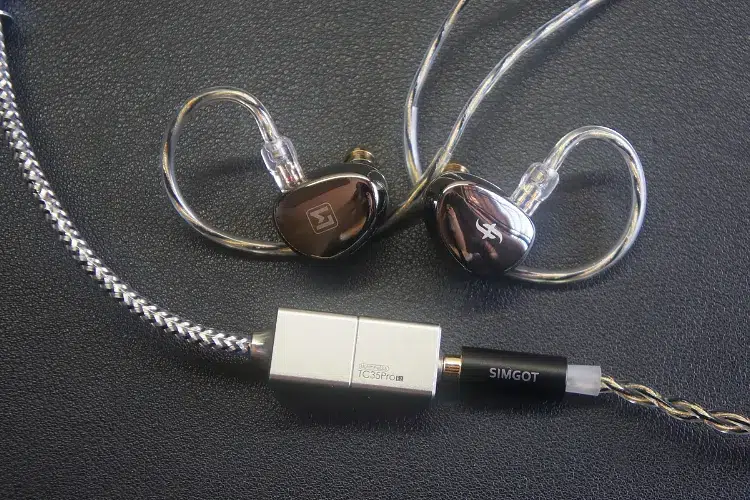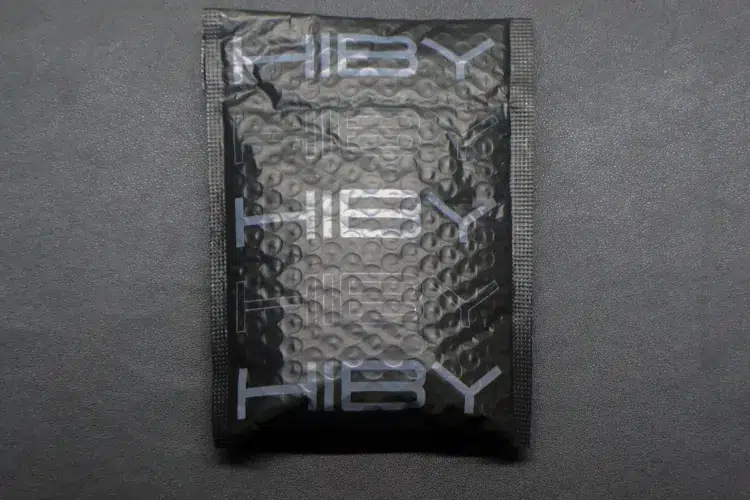Select Comparisons
All IEMs in the following comparisons were paired with the 7Hz Artemis39 Dongle, while the XENO was placed in the stock “Hifi” tuning preset for each comparison.
LETSHUOER S08
Technical
The HiBy Digital XENO and LETSHUOER S08 use a completely different driver configuration.
While the S08 makes use of a single 13mm Planar magnetic driver, the hybrid XENO is equipped with a single DD and a Cowells xMEMS driver.
The XENO comes with ES9018C2M and CS43131 DACs, with each chip being dedicated to a single driver. These two driver and DAC combinations are meshed together using HiBy’s 2-way active digital crossover.
The LETSHUOER S08 is constructed out of CNC machined aluminum with an anodized finish, while the XENO is constructed out of 3D-printed resin.
The S08’s metal shell has an “S” and “8” shaped pattern that melts the symmetrical indented and raised halves together, while the XENO’s much smaller resin shell simply has a stylized XENO logo printed on top of the faceplate.
In day-to-day usage, I found the XENO’s smaller and lighter shell to be more comfortable, however, I found the S08’s nozzle fit in my ear better.
Performance
Compared to the XENO, the S08 delivers a more organic and textured bass presentation across the board. Kick drums in particular exhibit more texture on the S08, making the same hits on the XENO come off as one-dimensional.
Sub-bass hits are deeper and harder on the S08 as well, playing back a stronger “chest-shaking” sense of bass compared to the XENO. The XENO has a more neutral bass presentation that is more controlled in the sub-bass region.
With its U-shaped sound signature, vocals and string instruments are less pronounced on the S08. The already distant female vocals sound even more distant on the S08, with electric guitar and piano keys following suit as well.
Cymbals and chimes have more air and microdetail on the S08, however, they do not reach the same level of imaging or instrument separation as the XENO.
Shozy P20
Technical
The Shozy P20 uses a single 14.5mm planar magnetic driver, while the XENO has a hybrid driver configuration, implementing a graphene dynamic driver and Cowells xMEMS driver.
Compared to the P20’s two-dimensional circular pattern with a brushed finish, the XENO’s 3D-printed resin shell is more plain and more susceptible to finger oils.
In day-to-day usage, I found that the P20 was more comfortable even though the XENO was both smaller and lighter.
The longer nozzle of the P20 fit better and deeper into my ear, letting the shell’s ergonomic shape sit on my ear without causing much weight-related discomfort.
Performance
The P20 stands out with a more pronounced bass impact compared to the XENO Its U-shaped sound signature emphasizes both the sub-bass and mid-bass more than the neutral tuning of the XENO.
Kick drums had a more textured presentation to them, with bass guitars also having more warmth. However, the XENO was able to playback these bass guitar tones with better fidelity and detail
Vocals have more energy and emphasis on the XENO, resulting in a more forward and engaging presentation. Instruments and vocal layers across the board had better imaging and instrument separation performance on the XENO.
The P20’s treble performance had slightly more sparkle and air than that of the XENO. However, the XENO excelled in making the different instruments in the treble region easily distinguishable from each other.
SIMGOT EA500LM
Technical
Inside the SIMGOT EA500LM is a single Lithium Magnesium dynamic driver, while the HiBy Digital XENO uses a dynamic driver paired with a Cowells xMEMS driver.
These two driver and DAC combinations are integrated with HiBy’s 2-way active digital crossover
The EA500LM has a grey metal shell with a polished mirror-like finish. Compared to the XENO’s 3D printed resin shell, the EA500LM is more prone to fingerprints and micro scratches that occur in daily use
Despite being heavier and larger than the XENO, I found the EA500LM more comfortable than the XENO, primarily because of its nozzle placement.
It was easier to create a seal with the EA500LM, and its weight distribution also ensured that the IEMs did not feel heavy in my ear.
Performance
The EA500LM has significantly more bass quantity than the XENO, but its bass presentation is muddier and not as tight as the XENO’s. The EA500LM can play back deep rumbling tones, however, its sub-bass tends to leak into the mid-bass, creating a bloated sound.
Vocals are more recessed on the EA500LM, with the muddier bass occasionally bleeding into the mids. Across the board, the XENO had a cleaner, more pronounced, and more natural-sounding midrange compared to the EA500LM.
The EA500LM had more treble energy and sibilance compared to the XENO. Even in tracks with female vocals, sibilance comes through, especially in S and T tones.
The XENO’s neutral sound signature did not play back sibilance to the same degree as the EA500LM, aiming for a more tame treble response that balances fidelity and energy.
My Verdict
For a first-generation audio tech product, the HiBy Digital XENO shows a lot of promise.
In well-mastered tracks, it is an impressive performer for instrument separation, imaging, and detail. However, in classic tracks with less advanced mixing, it can sound like the mix is lacking in dynamic range.
Its neutral tuning may not be to everyone’s liking, however, it is a good starting point for those who want to explore the included PEQ software to craft their perfect tuning profile.
Given the chance, listeners should take the opportunity to listen to the HiBy Digital XENO. Paired with the right track, this hybrid xMEMS and dynamic driver IEM delivers a unique sense of detail and imaging.
HiBy Digital XENO Technical Specifications
- Driver configuration: 1DD + 1 Cowells xMEMS Driver
- Frequency response: 20 Hz – 40 kHz
- Connector: Non-removable USB Type-C
- Maximum SPL: 116dB at 1kHz

